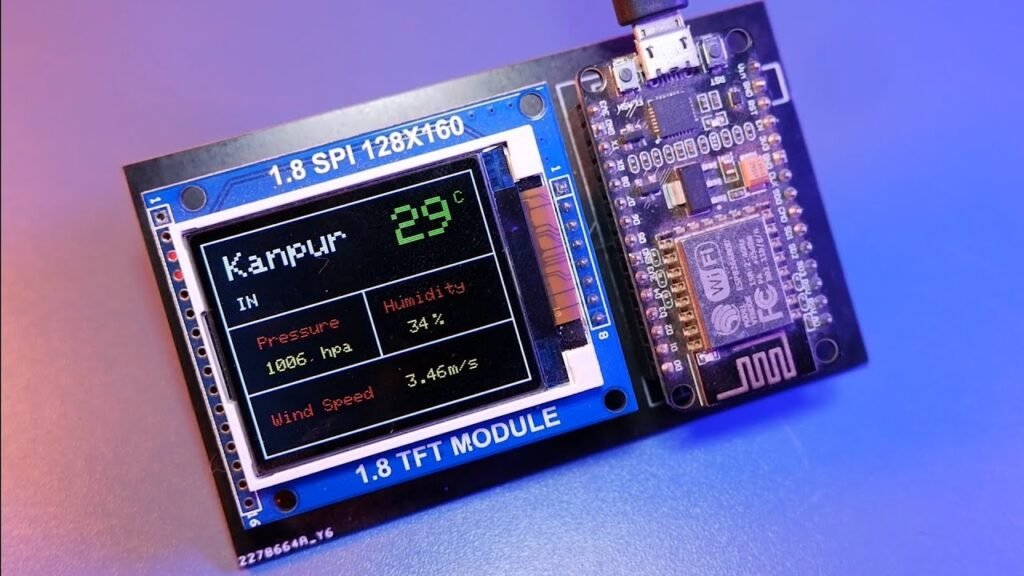In a world increasingly dominated by data-heavy tasks, high-resolution gaming, and real-time content creation, system performance is no longer just a matter of convenience—it’s a necessity. That’s where the install 35-ds3chipdus3 process comes in, promising a powerful leap in speed, efficiency, and reliability.
But what exactly is the 35-ds3chipdus3? And why has it gained such momentum in the DIY tech and system-builder communities? This guide will take you through everything you need to know—from preparation to installation, optimization to troubleshooting. Let’s dive into the engine room of your next hardware upgrade.
What Is the 35-ds3chipdus3?
The 35-ds3chipdus3 is a high-performance microchip component engineered for integration into compatible motherboards. It acts as a central processing booster, often used to elevate computing speed and enhance data throughput in environments requiring serious computational muscle—think software development, 3D rendering, machine learning, and next-gen gaming.
What makes the chip unique is its smart-core design: eight intelligent cores with multithread capabilities, adaptive temperature controls, and ultra-low latency cache access. When properly installed, this chip not only increases speed but also improves system stability under load.
Key Benefits of Upgrading
Why should you consider this chip over others? Here are the core advantages:
- Boosted Processing Speed: Benchmarks show up to 40% improvement in application launch times and rendering processes.
- Energy Efficiency: Uses advanced power modulation, saving up to 30% on power under full load compared to older processors.
- Multitasking Muscle: Runs multiple high-performance applications seamlessly without system lag.
- Future-Proofing: Compatible with many next-gen AI and machine learning extensions.
- Low Thermal Output: Despite high performance, it maintains manageable heat levels with standard cooling systems.
Pre-Installation Checklist
Before you proceed to install 35-ds3chipdus3, make sure the following requirements are in place:
Hardware Compatibility
- Motherboard Socket Type: Ensure your motherboard supports the 1151-v2 or equivalent chipset.
- Power Supply: Minimum 600W power supply recommended.
- RAM: At least DDR4-2666 or higher.
- Cooling: While the chip includes heat spreaders, active CPU cooling is recommended—ideally a dual-fan air cooler or liquid AIO.
- Thermal Paste: A high-quality thermal paste ensures better heat transfer.
Software Requirements
- BIOS Update: Many boards will require a BIOS update to support the chip.
- OS Compatibility: Supports Windows 10+, most Linux distributions, and macOS (via Hackintosh setups).
How to Install 35-ds3chipdus3
Step 1: Safety First
Unplug the power cable and remove all peripherals. Ground yourself using an anti-static wristband or touch a grounded metal object to discharge any static electricity.
Step 2: Open the Case
Using a screwdriver, remove the side panel of your case to expose the motherboard. Ensure you have good lighting and a static-free work surface.
Step 3: Remove Old Processor
- Gently unlock the CPU socket arm.
- Lift the old chip carefully—avoid touching the gold contact pins.
Step 4: Insert the 35-ds3chipdus3
- Align the triangle mark on the chip with the triangle on the socket.
- Drop it in place gently—no force needed.
- Lower the socket arm to lock it in.
Step 5: Apply Thermal Paste and Attach Cooler
- Apply a pea-sized amount of thermal paste to the chip center.
- Place your cooler evenly and secure it according to its bracket design.
- Connect the fan cable to the CPU_FAN header.
Step 6: Close Case and Power On
- Replace the side panel.
- Plug the system back in and power it on.
BIOS and First Boot
Upon first boot, enter the BIOS (usually by pressing DEL or F2 during startup).
- Confirm the chip is recognized.
- Set default clock speed or enable XMP profiles for optimized RAM usage.
- Save and exit BIOS.
Now boot into your operating system. You may need to install or update chipset drivers for full functionality.
Optimization Tips
Overclocking (Advanced Users)
The 35-ds3chipdus3 supports multiplier-unlocked overclocking:
- Increase core multiplier by small increments.
- Test system stability using stress tests like Prime95 or AIDA64.
- Monitor temperatures—keep below 85°C under full load.
RAM Pairing
This chip performs best with 3200MHz+ RAM. Enable XMP profiles in BIOS for automatic configuration.
SSD Synergy
Pair with an NVMe SSD to minimize bottlenecks in storage access, allowing apps and large files to load faster.
Common Installation Issues
System Doesn’t Boot
- Reseat the chip and check socket pins.
- Ensure power connectors are securely fastened.
- Double-check BIOS compatibility.
High Temperatures
- Check that thermal paste was applied correctly.
- Reinstall the cooler and ensure fans are functioning.
BIOS Doesn’t Recognize Chip
- Update your BIOS from the motherboard manufacturer’s website.
- Ensure the board supports the latest microcode.
Real-World Applications
- Gamers: Smooth 144Hz+ gameplay at ultra settings.
- Developers: Faster compile times and improved virtual machine handling.
- Designers: Seamless performance in Adobe Suite and 3D rendering tools.
- Researchers: Efficient data processing for AI model training and simulation software.
Final Thoughts
Choosing to install 35-ds3chipdus3 is not just a hardware upgrade—it’s a commitment to future-proofing your digital life. Whether you’re a power user seeking more horsepower or a creator looking to reduce workflow friction, this chip delivers high-performance computing with efficiency and reliability.
Its versatility, paired with straightforward installation and broad compatibility, makes it an outstanding choice for modern systems. With the right tools and this guide at your side, you’re just a few steps away from unlocking your system’s full potential.
you may also read:techpulsegaming.
